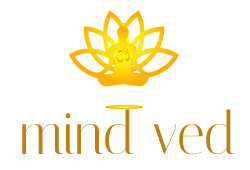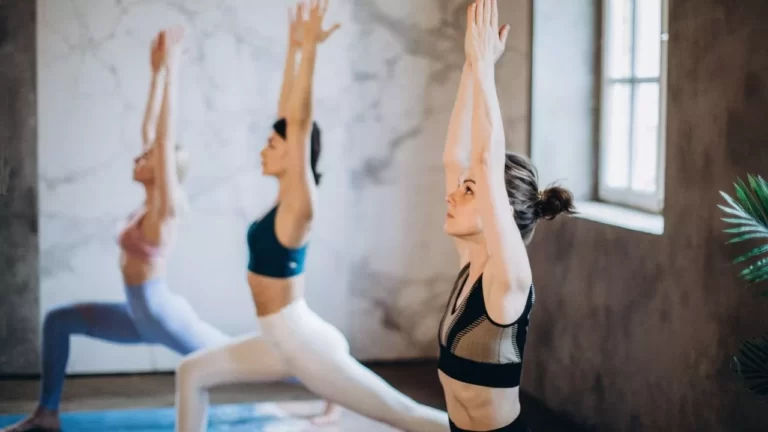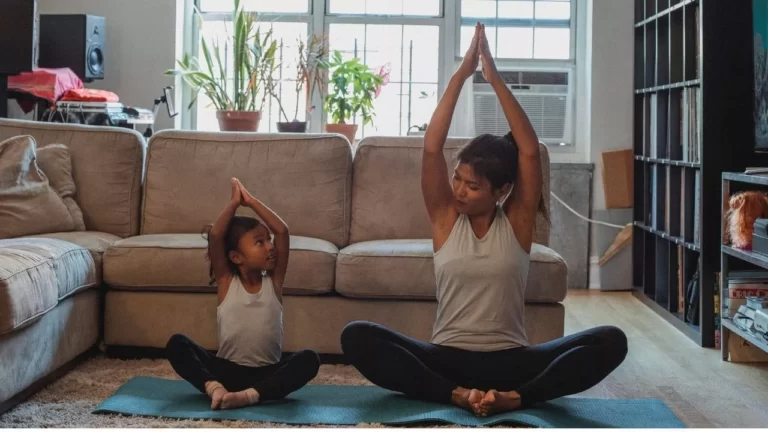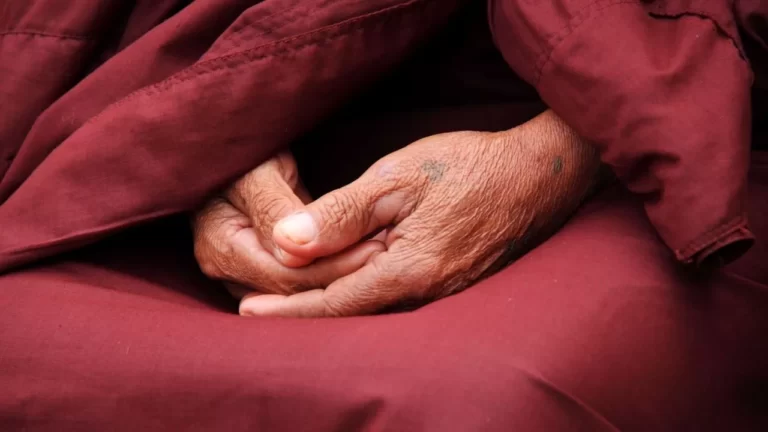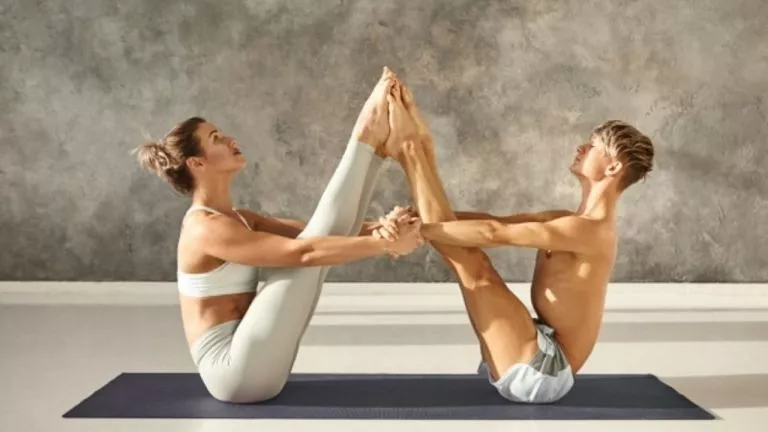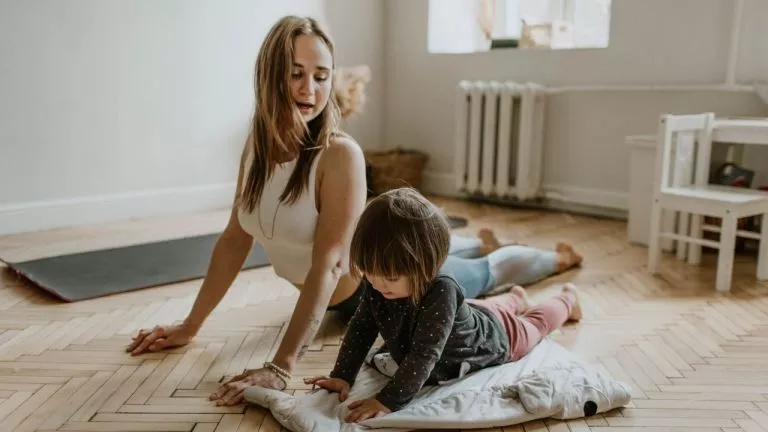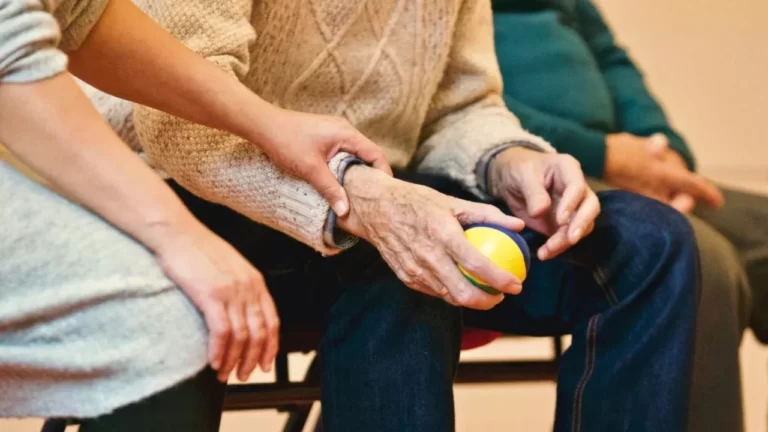30-minute Morning Yoga Routine for Beginners to Advanced
Ayurveda, an ancient science of India, mentions that start your day along with sunrise and end it with sunset. An environment creates a great impact on your body. Morning gives new birth to life and thoughts. A cool, calm, serene environment in the morning fills positive energy in body and mind.
” Early to bed, early to rise makes the man healthy, wealthy and wise”
Many yogis start their yoga routine early in the morning. When you start a Morning Yoga Routine for Beginners, you get many benefits like- your sleep pattern is regulated, your day starts with a healthy routine, increases your focus, reduces stress and the mind became stable and calm throughout the day.
Best Morning Yoga Routine for Beginners
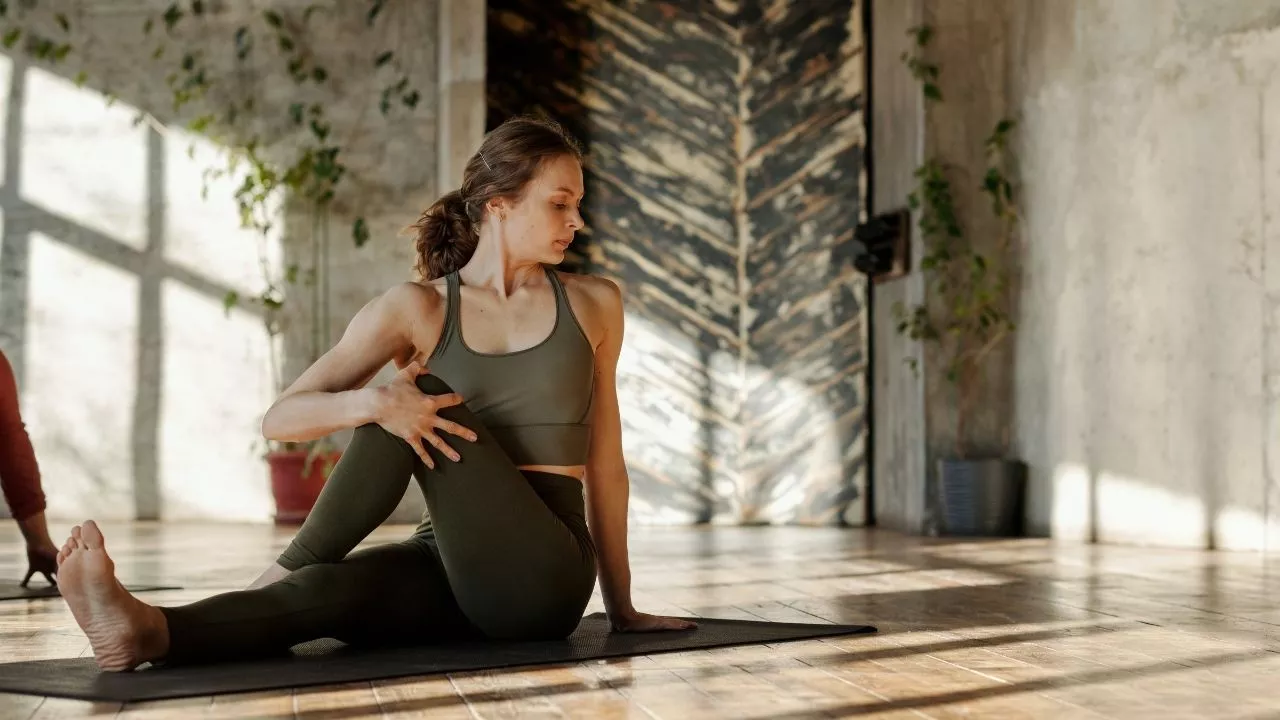
Some people prefer more athletic types of yoga practices while others prefer mindful, gentle practices. First thing is to listen to your body. Many times, your body wants slow practices and other days your body wants sweaty exercises.
Practice yoga as per your body’s requirements. But remember to start a yoga routine with a warm-up and end it with relaxing poses.
Here are 6 poses are given in this blog for the Yoga routine for the morning. These Asanas (poses) are selected as per their level of difficulty. So, beginners don’t go for intermediate level until you got to hold on beginners poses and same for intermediate.
Caution: A proper warm-up is required before attempting any poses.
- Surya Namaskar
- Bidalasana (cat- cow Pose)
- Dhanurasana (Bow pose)
- Navasana (Boat pose)
- Pincha Mayurasana (Forearm Hollow Back /Peacock pose)
- Hand stand (Adho Mukh Vrksasana)
Surya Namaskar (Sun Salutation)
It is a sequence of 12 powerful poses.
Level: Beginners
Benefits:
- Helps maintain cardiovascular health and hormonal balance
- Stimulates the nervous system
- It improves digestion and promotes weight loss
- Strengthens the immune system
- Strengthens the body and relaxes the mind
- Improves your body posture by toning muscles and giving flexibility
- It reduces moods swings and provides emotional stability
Here are the steps:
Prayer pose: Stand at the edge of the mat, keep feet together. Expand the chest and relax the shoulder. Exhale and bring palms together in prayer position.
Raised arms pose: Inhale and raise your arms overhead and slightly back. Press pubic bone forward and open chest.
Standing forward bend: Exhale and bend forward from the waist. Keep the spine erect. Exhale and brings your hand down and keep your palms beside the feet.
Equestrian pose: Inhale and push your right leg back as you can. Touch the right knee to the ground and look up. Keep a left foot in between the palms.
Plank pose/stick pose: Breath in and take left leg back parallel to right leg and bring the whole body in a straight line. Ensure the only tip of the toes touches the ground.
Salute with 8 points: Bring knees down to the ground and exhale. Take the hips back and rest chest and chin on the floor. Check both hands, feet, knees, chest, and chin (8 parts of the body) should touch the floor.
Cobra pose: Inhale, sweep forward and raise the chest. Bent your elbow and look up at the ceiling.
Downward facing dog pose: Exhale and lift hips and tailbone and make inverted ‘V’ shape body pose. Keep heels flat on the ground.
Equestrian pose: Inhale and bring the right foot forward in between the hands. Touch the left knee to the ground. Press the hip down and lookup.
Standing forward bend: Exhale and bring the left leg forward. Keep palms on the ground.
Raised hand pose: Inhale and raise hands and bend backward. Push the hips slightly outward. Ensure your hands are beside your ears.
Mountain pose: Exhale and release your back and brings your arms down. Relax in this pose.
This is a single set of sun salutations. Repeat the same procedure with the left leg. Repeat this sequence as per your capacity.
Bidalasana (cat-cow Pose)
It is a prone kneeling yoga pose. This is the union of the Cat and Cow stretching postures, both of these yoga postures are practiced together in it.
Level: Beginners
Benefits:
- The gentle flow between the two poses warms the body and brings flexibility.
- It stimulates and strengthens the abdominal organs.
- It relieves stress and calms the mind.
- It brings the spine into correct alignment and helps to prevent back pain
Here are the steps:
Make tabletop posture with the help of hands and legs.
Keep your palms beneath your shoulders and knees beneath the hip.
Now inhale and bring your body in an arch position, extending your entire spine and tailbone to do Cat stretching.
Exhale and relax your shoulders and arch your back into a Cow pose.
Tuck your tailbone in and turn your eyes towards the navel.
Repeat the Cat-Cow stretching multiple times.
Dhanurasana (Bow pose)
Level: Intermediate
Benefits:
- It builds strength in your back muscles. Also, stretch the throat and neck muscles.
- It tones your abdominal organs.
- It improves your body posture
- It improves the circulation to all the organs in your abdomen and neck.
Here are the steps:
Lie down on your stomach.
Take a deep breath and lift your head and chest slightly from the floor.
Exhale and bend your knees to reach your arms behind you and catch your ankles. Keep your knees in line with your hips.
Hold this position for few seconds.
Now, raise your knees higher above the floor, pulling your chest up off the floor at the same time. You can raise your body further as per your flexibility.
Hold this position as long as possible.
To come up initial state, slowly loosen the muscles of the body and bring the buttocks and thighs towards the ground.
Now bring the front body parts to the ground.
Now, gently release the heel with both hands and Come to the initial state of posture.
Level: Intermediate
Benefits:
- It is a balancing pose, strengthens the core, hip flexors, and spine
- It tones the digestive organs and improves digestion.
- This pose requires endurance and strong willpower to hold, therefore this pose develops a strong mind.
Here are the steps:
Sit with bended knees and feet on the floor.
Put your hands behind your knees. Lift the chest by engaging the back muscles.
Engage your inner thighs and draw your belly in and up
Settle on your sitting bones and lift your feet to about knee height, toes spread out
Bring your arms parallel to the ground
Straighten your legs and hold this pose for few seconds to a minute depending on your capability.
Come out of the pose by bringing your feet down, and sit with a straight spine, holding on to your legs for a couple of breaths
Pincha Mayurasana (Forearm Hollow Back /Peacock pose)
Pincha means feather and Mayura stands for Peacock.
Level: Advanced
Benefits:
- Strengthens arms, back, and shoulders
- Stretches chest, neck, and abdomen
- Improves balance
- Improves concentration level and calms the mind.
Here are the steps:
Bend down and rest on your belly.
Gently fold your elbows and keep them directly under your shoulders. Make sure your palms should be joined together like Anjali Mudra (Namaskar Pose).
Take your hips up. Now slowly try to walk towards your arms, as possible as you can.
Lift your right leg and kick up the left leg off the ground.
Hold this position for few seconds.
Keep your head on the ground. Ensure that your shoulders are away from the ears.
Keep your feet perpendicular to the ground. Stay in this position as much as you can and breathe slowly.
Now put down your legs one by one on the floor and release the pose.
You can take support of the wall for balancing your legs. Your feet should touch the floor and perpendicular.
Hand stand (Adho Mukh Vrksasana)
It is a downward-facing tree pose or we know it like a handstand.
Level: Advanced
Benefits:
- It strengthens core muscles.
- It is useful for upper body strength.
- It releases stress and tension in the body.
- It is good for blood circulation.
Here are the steps:
Be in the Adho Mukha Svanasana pose (Downward-facing dog pose). Open your fingers wide and press your palms on the ground.
you can take support of the wall; note that your hands are six inches away from the wall.
Walk your feet inward toward your head and place your shoulders right over your wrists.
Fold your knee (any of one leg), and raise your alternate leg off the floor, try to keep your leg straight when you are comfortable.
Next, slowly raise your alternate leg.
Hold the position until you are comfortable.
Place your head in between your upper arms.
Then, slowly take your feet off the wall along with maintaining the balance.
Stare on a specific point on the ground.
Hold this position for 1 to 3 minutes, take a deep and slow breath.
To release the pose, put down your legs one by one and come to your earlier stage and relax. No repetition for this Pose, but you can increase the holding time as per your capacity.
Read More:
Tips for Practicing Morning Yoga Routine for Beginners
If you want to add yoga to your morning routine, then these tips will be very helpful to you.
- Get enough sleep the night before
- Prepare for the required things the night before
- Hydrate yourself before and after yoga
- Eat light food the night before
